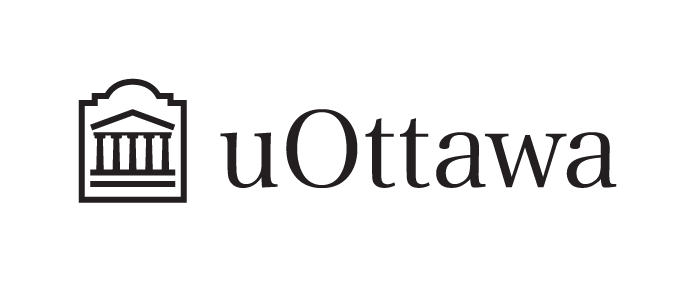Docu-Course Content
Modules of the Course
Modules of the Course
This Docu-Course contains seven modules, each focusing on a specific topic relating to the Supreme Court of Canada.
Instructions
Click on the (x) to close a section, click on (+) to reveal a section.
In this module, you will explore some foundational concepts to understand the Supreme Court’s role, such as:
- ✅ the Constitution of Canada
- ✅ the Rule of Law
- ✅ the Separation of Powers
In this module, you will explore the following questions:
- ✅ What is the role of the Supreme Court within the Canadian justice system?
- ✅ What does it mean to be a bilingual and bijural court?
- ✅ How do cases reach the Supreme Court?
- ✅ How long does it take and how much does it cost for a case to go to the Supreme Court?
- ✅ What are some interesting statistics about the work carried out at the Court?
In this module, you will learn about the nine individuals sitting on the bench: the justices.
- ✅Who are the current justices seated at the Supreme Court? Who is the Chief Justice and what is his role?
- ✅ How do Supreme Court justices get selected?
- ✅ What are the requirements for becoming a Supreme Court justice?
- ✅ What does a day in the life of a Supreme Court justice look like?
- ✅ How diverse is the Supreme Court’s bench? How does this impact the Court’s work?
This module’s focus is on the hearings that take place in the Supreme Court.
- ✅ What does the hearing room look like? Who sits where? What do the different people in the hearing room do?
- ✅ What is the hearing process? How long does it last?
- ✅ How do you prepare for a case at the Supreme Court?
- ✅ What are the three types of decisions the judges can make?
- ✅ How do judges and lawyers experience the process and outcomes of decision-making?
This module travels back through time, to shortly before 1875, the year the Supreme Court came into being.
- ✅ What were the challenges faced when creating the Supreme Court?
- ✅ Where was the Supreme Court housed throughout its history and what material conditions did it work in?
- ✅ What role did the Supreme Court play throughout key events in Canadian history?
- ✅ Who were the Chief Justices over time?
The goal of this module is to consider the influence of the Supreme Court within Canada and abroad.
- ✅ What is the concept of judicial independence and how does it affect the lives of Canadians?
- ✅ How does the Supreme Court address Indigenous rights during this era of reconciliation?
- ✅ How does the Supreme Court interact with Quebec Notaries?
- ✅ How does the Supreme Court interact with high courts in other countries?
In this critical thinking module, we’ll imagine what the Supreme Court of the future could and should be like. We will explore topics such as:
- ✅ How does public perception of the Supreme Court and trust in its justices impact its work?
- ✅ What is judicial activism? Should justices make decisions based on their own ideological views?
- ✅ What is the judicialization of politics and what are its risks and benefits?
- ✅ What are some concerning trends in the work carried out by the Court and how could they be addressed?

